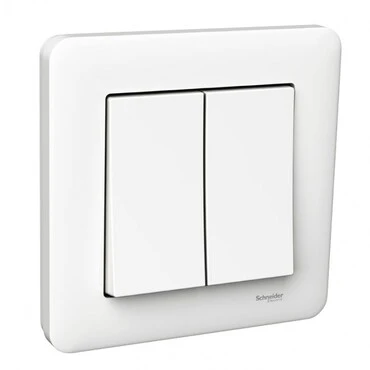Unveiling the Power of Switches: A Comprehensive Guide
Introduction: Switches are an integral component of modern technology, playing a crucial role in the functioning of various devices and systems. From the humble light switch in our homes to complex network switches powering the internet infrastructure, these devices are ubiquitous yet often overlooked. In this lülitid comprehensive guide, we delve into the world of switches, exploring their types, applications, and significance in different domains. 
Types of Switches: Switches come in a variety of types, each tailored to specific applications and requirements. Here are some of the most common types:
- Mechanical Switches: These switches physically open or close circuits through the movement of mechanical components. Examples include light switches, push-button switches, and toggle switches.
- Electronic Switches: Electronic switches, such as transistors and relays, utilize semiconductor technology to control the flow of current in a circuit. They are widely used in digital electronics and automation systems.
- Network Switches: In computer networking, network switches are essential for connecting devices within a local area network (LAN). They forward data packets between devices based on MAC addresses, enabling efficient communication in networked environments.
- Power Switches: Power switches control the flow of electricity to electrical appliances and devices. They are commonly found in household appliances, power distribution systems, and industrial machinery.
- Rotary Switches: Rotary switches feature a rotating mechanism that allows users to select from multiple input/output options. They are used in audio equipment, industrial controls, and electronic instruments.
Applications of Switches: Switches find applications across diverse industries and sectors, facilitating control, automation, and connectivity. Some notable applications include:
- Home Automation: In smart homes, switches enable remote control of lighting, heating, and appliances, enhancing convenience and energy efficiency.
- Telecommunications: Network switches form the backbone of telecommunications networks, routing data between devices and ensuring seamless communication.
- Industrial Automation: In industrial settings, switches play a vital role in automation and process control systems, regulating machinery and equipment for optimized performance and safety.
- Transportation: Switches are used in transportation systems, such as railways and traffic signals, to control the movement of vehicles and ensure smooth traffic flow.
- Consumer Electronics: From smartphones to gaming consoles, electronic devices rely on switches for user input, power management, and functionality.
Significance of Switches: The significance of switches in modern society cannot be overstated. Here are some key reasons why switches are indispensable:
- Control and Regulation: Switches provide users with control over various systems and devices, allowing them to initiate actions, adjust settings, and manage operations